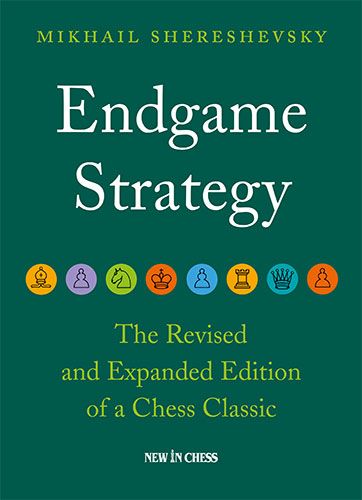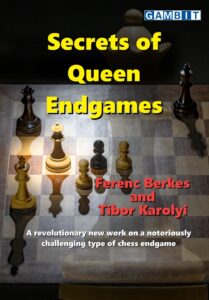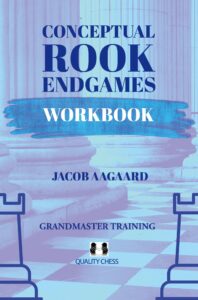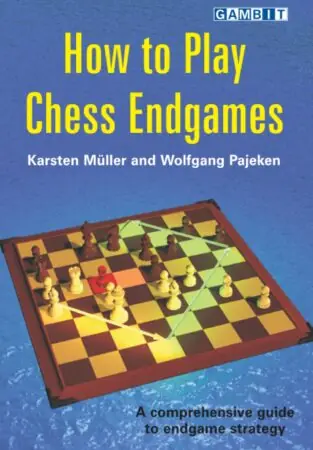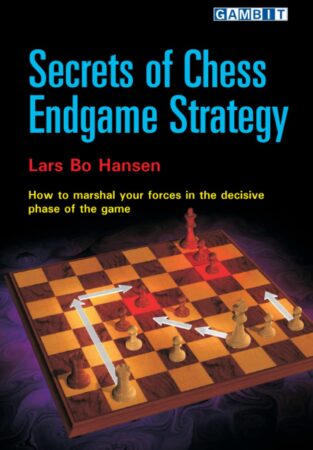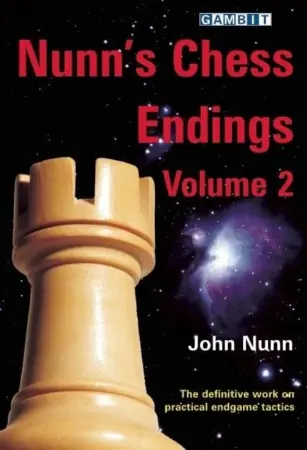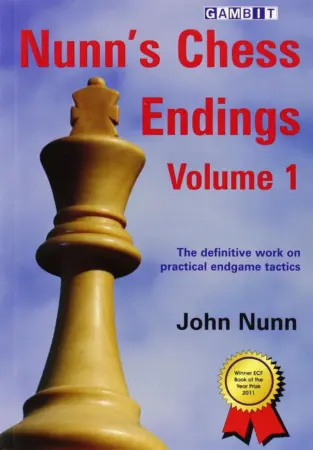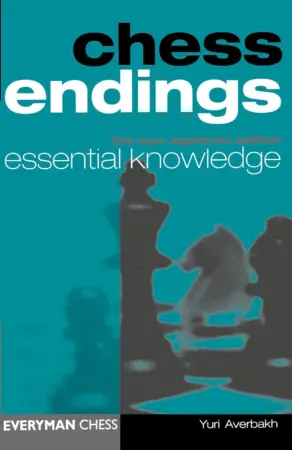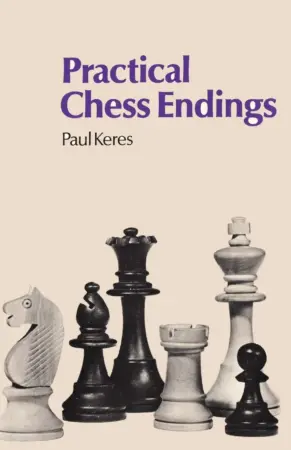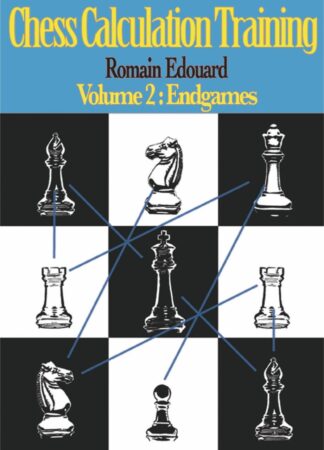Review by: Stjepan Tomić
There aren’t many books that are considered essential for every improving player. Shereshevsky’s Endgame Strategy is one of them. A book considered by most strong players and coaches a classic every chess player must read more than once.
Instead of going over theoretical endgames and endless variations, the book focuses on essential endgame principles, patterns, and ideas one must master in order to navigate complex endgames, regardless of the pieces involved. What Shereshevsky teaches may seem simple to those of you who are 2000 FIDE and above, but I assure you that there are a few things you could learn from the book.
I remember a tournament game I played in 2018, in which the chapter on the initiative in the endgame helped me convert a slightly better position. Luckily for me, I had gone over the book a month before the tournament, so Shereshevsky’s analysis of Spassky-Gheorghiu from Siegen 1970 popped into my head as soon as I noticed similar patterns on the board.
There were many editions of this classic endgame textbook, some of them published 50 years ago. The new, revised and expanded edition published by New in Chess in 2022, features many modern examples from recent Grandmaster play, and their analysis applies the same principles Shereshevsky used when he wrote the first edition. I own an old copy from the 80s as well, and I have to say that I find the new edition just as useful when it comes to mastering the ideas Shereshevsky was trying to teach, with the addition of the extra games and material, which make it superior by a large margin.
Endgame Strategy is divided into 15 chapters, each focusing on an essential endgame principle applicable in almost any complex endgame, such as “Centralizing the King”, “The principle of two Weaknesses”, “Between assessment and calculation” (which I found particularly useful), and “Do not hurry”, a rule every Russian chess player must have heard their coach say countless times.
If you could only get one book that would help you improve endgame play rapidly, this should be the one. I really can’t think of a book that has helped me win more points and half-points in over the board classical games.
It’s available in physical book and as an e-book, and, as I’ve said before, there are countless editions, so you might be as lucky as I was and find a cheap copy in your local antique book store.
Review by: Milan Jocev
Introduction
Do you often feel lost in complex endgames, are you struggling to find a decent plan in them? In that case, you haven’t read this book yet.
This book will help you think schematically in these complex, non-theoretical endgames. Figuring out a plan, which very often consists of several phases (like it was masterfully explained in Rubinstein – Alekhine game), will hopefully be much easier for the reader after consuming this book.
Some of the principles, like “do not hurry’’, were put in my subconscious after the first reading. It is a principle that occurs very often throughout this book, even though only one is named after it.
One more thing about this book I love so much is that it is not heavily packed with long, exhausting variations. The focus is put on explaining the moves, plans in given positions. Since the version I have read is from 1985, I noticed several mistakes in certain lines, but that did not bother me that much, since the focus should be on plans, as said above. After all, this book is not called ‘’Calculation in the endgame’’.
As a chess player with (sometimes) extreme bias towards knights, I found the chapter ‘’Two bishops’’ very helpful. The only bad thing about it is a lack of examples when the bishop pair proves ineffective.
Quality of Annotations
Annotations in this book are filled with great explanations, without never-ending lines after which the reader would forget what is the point of the book. However, one to two diagrams per each example are making it difficult for the readers who did not practice visualization.
Difficulty
I believe this book is meant for a broad range of chess players, from beginners to seasoned players. Beginners/intermediate players will find this book useful because it will introduce them to new endgames principles, while more experienced players might find small nuggets of wisdom which will give them epiphany.
Conclusion
I would like to conclude this review with the following: Whatever your chess level might be, get this book immediately, you will not regret it. I have read it in various phases of my chess life (first time I read it I was a beginner). It will broaden your chess understanding, and I will go this far to say that it will improve your play beyond the endgame.

